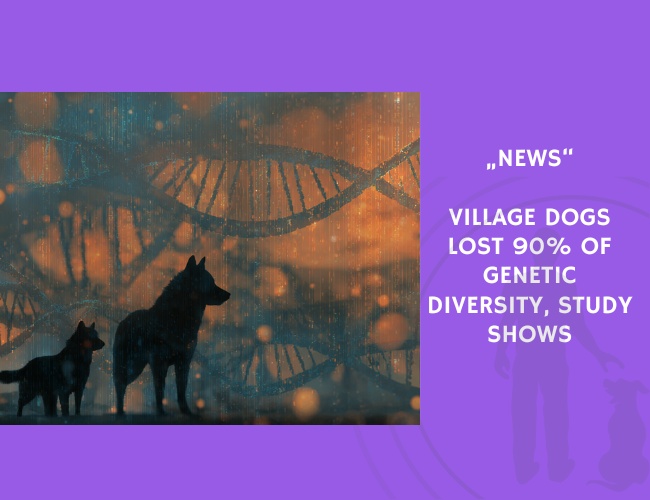A new genomic map using a Greenland wolf as reference reveals the ancestral genetic bottleneck in village dogs—showing a 9–13 fold reduction in population size.
In a bold re-analysis of canine genomes, Nguyen et al. (2024) utilised a Greenland wolf (mCanLor1.2) as a reference to remap the entire Dog10K dataset of 1,929 canine genomes. The study, published on bioRxiv, challenges traditional breed-derived reference frameworks and uncovers more accurate population structure insights across dogs worldwide.
The most striking finding: village dog populations exhibit a 9–13 fold reduction in historic effective population size compared to their ancestral wolves. This bottleneck, revealed through genome-wide variant calling, suggests a deep genetic impact of domestication, isolation, and possibly human-driven selection across centuries.
By replacing the traditional German Shepherd-derived canFam4 reference with a wild outgroup genome, the team eliminated mapping bias and achieved a more neutral representation of variation. This approach also confirmed that principal component analyses (PCA) of breed relationships remain stable, regardless of the reference used.
The implications are far-reaching: future canine genomic studies may benefit from outgroup-based mapping to avoid bias in diversity estimation, especially in village, street, or landrace dogs not well represented in breed-based assemblies. The shift also opens doors for more accurate tracking of disease variants and evolutionary pathways across domestic and wild populations.
A map of canine sequence variation relative to a Greenland wolf outgroup.
Published on bioRxiv, July 24, 2024










